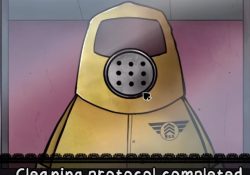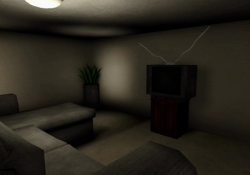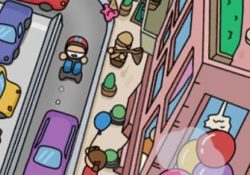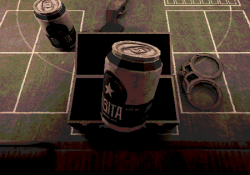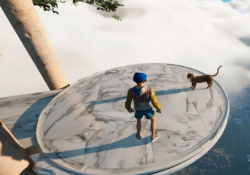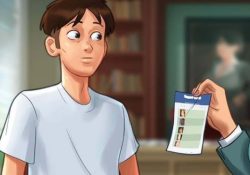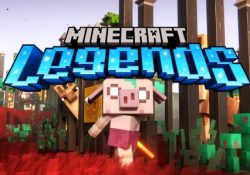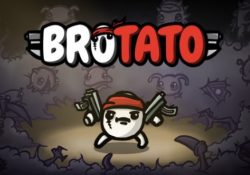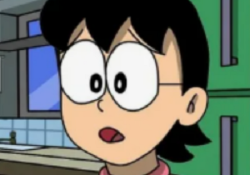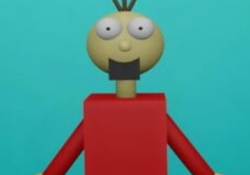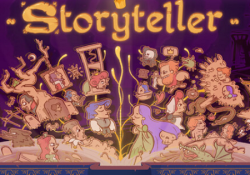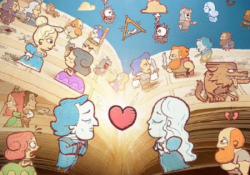Lacey’s Flash Games appears at first like a cheerful archive of web games from a different era. With pastel colors, cartoon avatars, and clickable minigames, the experience seems built for simple fun. You play as a character named Charlie who visits the website and tries out activities like picking clothes, feeding pets, or running a small shop. The tone is light, the visuals are clean, and the structure feels familiar to anyone who grew up with early internet flash content. But under this surface, the game quietly begins to shift.
Not Just Games After All
The site’s structure invites casual interaction, but small details start to raise questions. Some buttons don’t behave as expected, and dialogue changes depending on where you click and when. Hidden elements begin to appear—text that wasn’t there before, sound effects that cut off abruptly, and strange symbols embedded in the UI. What looks like a broken site is actually designed to feel that way. There are layers hidden in broken pages and sections that only unlock if you disobey the usual patterns.
What Makes Laceys Flash Games Unique:
- A mix of simple flash-style minigames
- Shifting dialogue that reacts to player curiosity
- Hidden routes and endings tied to unusual behavior
- Strange references to a missing developer
- Unsettling changes in tone as the game progresses
Exploration Turns into Investigation
As players explore deeper, it becomes clear that someone—or something—has altered the site. Mentions of a person named Rocio, who once built or maintained the content, begin to appear in scattered notes or offhand lines of dialogue. There’s no jump scare or sudden reveal, but the tone becomes uneasy. The feeling of being watched, the silence between sounds, and the subtle errors in layout all point to something having gone wrong. You’re no longer just playing games—you’re tracing someone’s digital footprint.
A Memory Built into the Code
Lacey’s Flash Games isn’t about scoring points or reaching a final screen. It’s about noticing what doesn’t fit, what’s been added or deleted, and what’s left behind in old lines of code. The game turns a nostalgic setting into a mystery where everything cheerful hides a question. What happened to the creator? Why were the games altered? And why does it feel like someone—or something—is still updating the site? It’s a quiet, personal kind of horror built on the spaces between clicks, wrapped in the appearance of something harmless.



